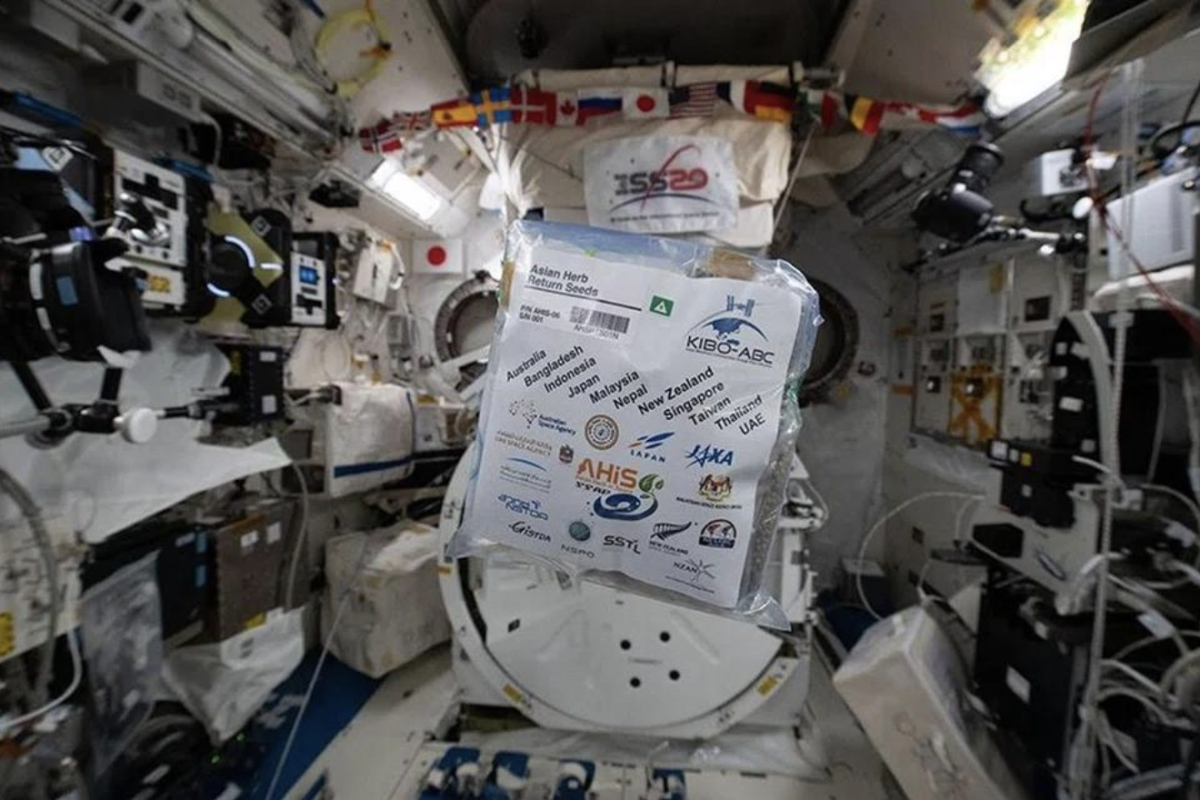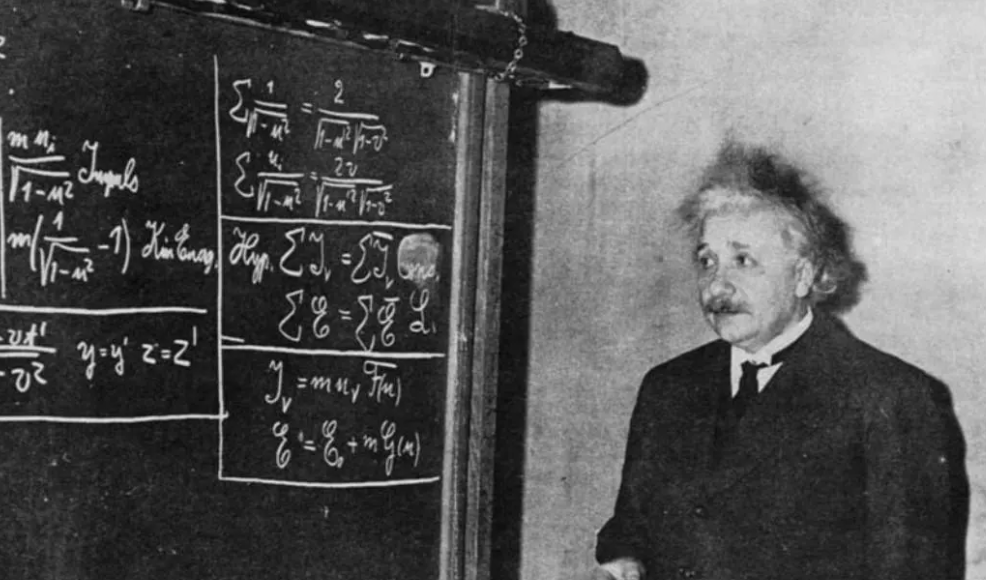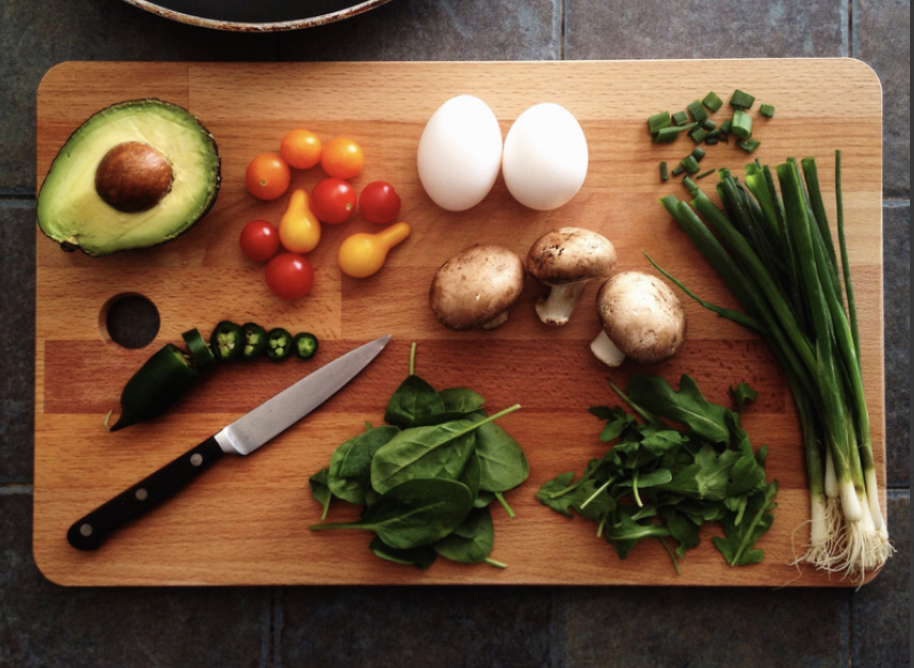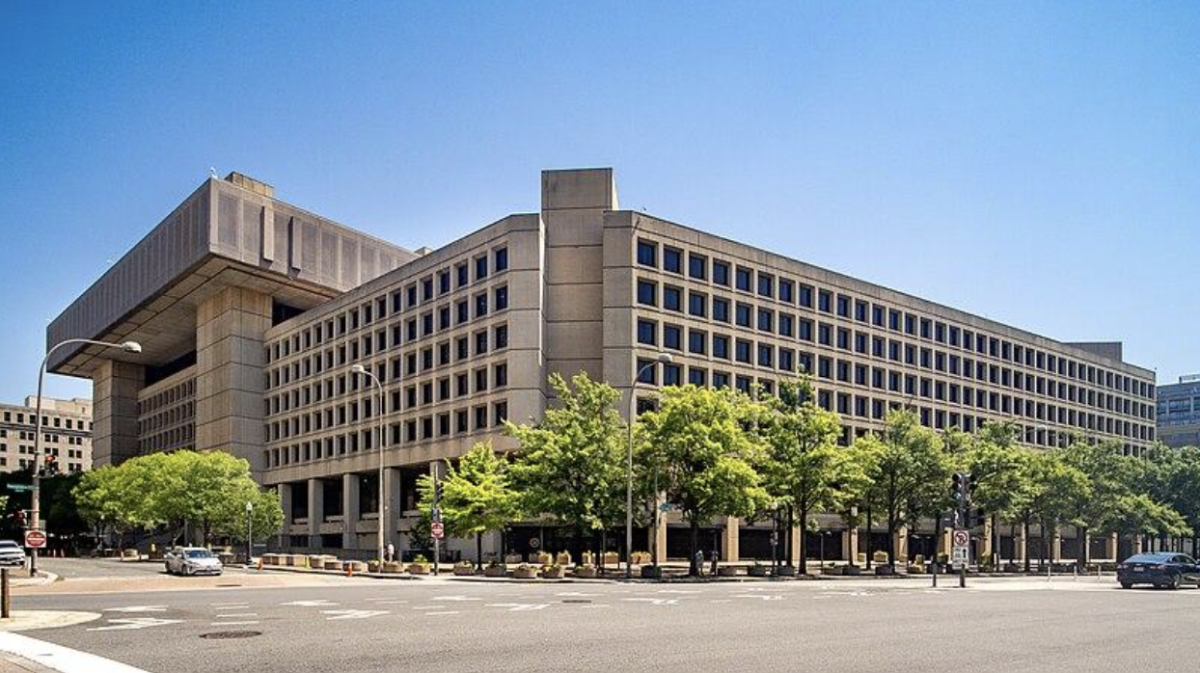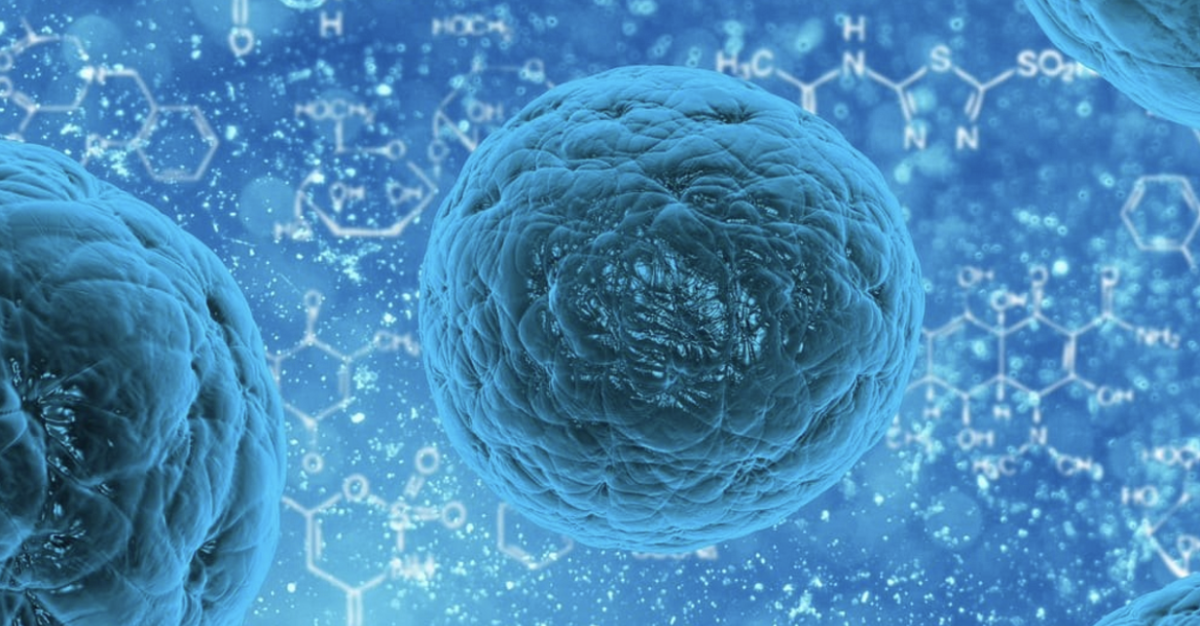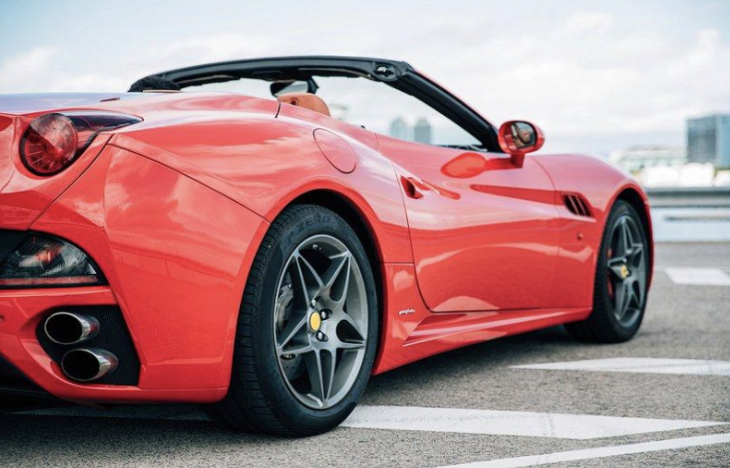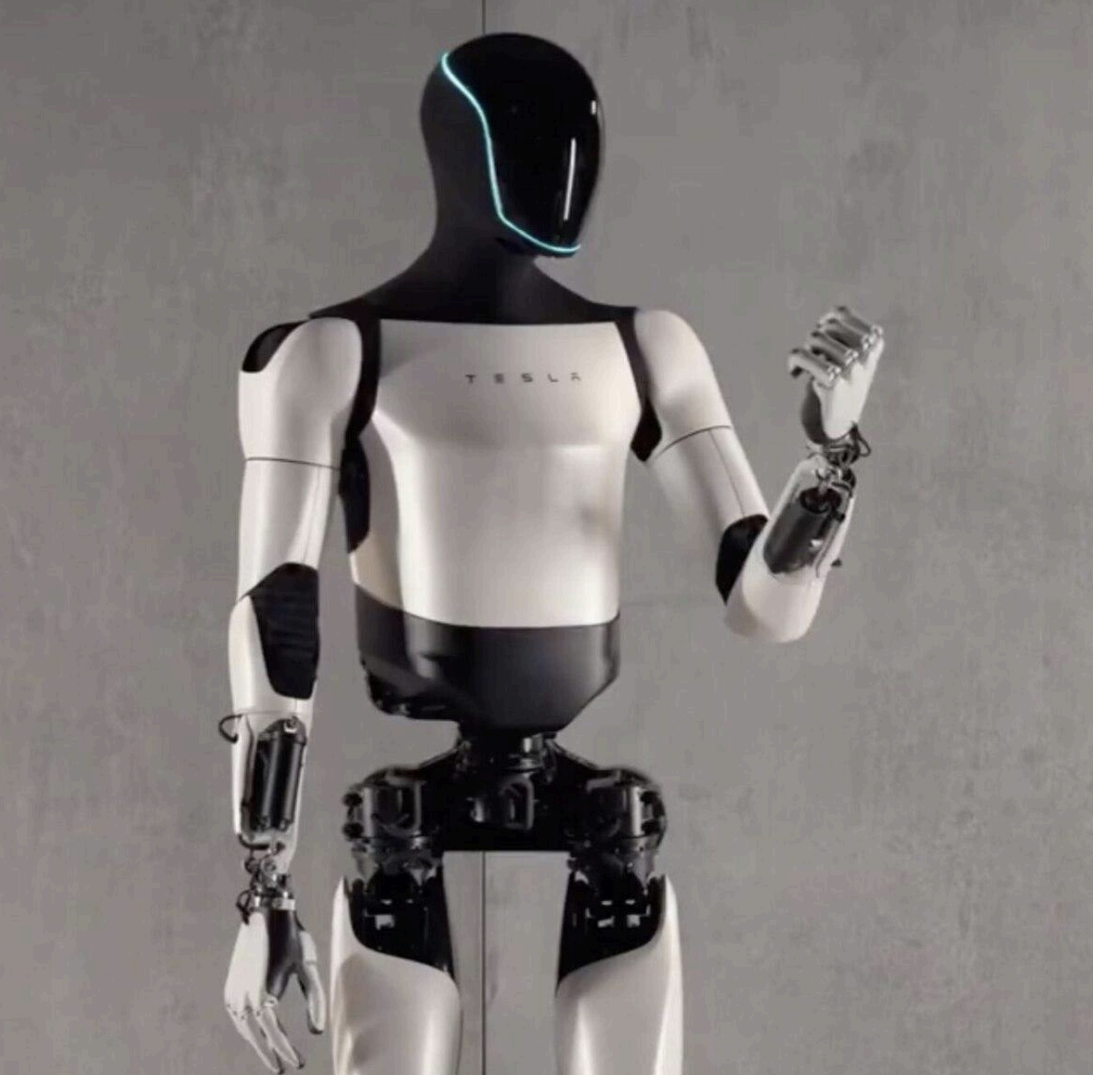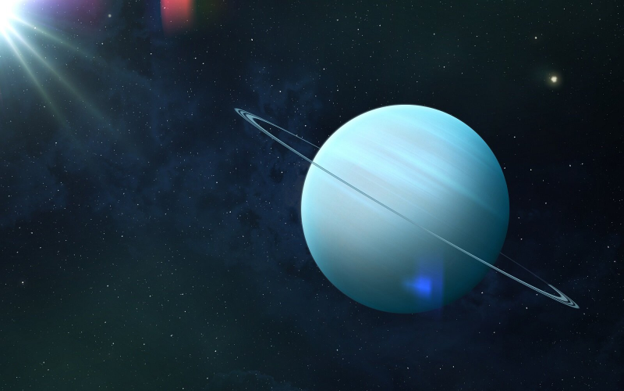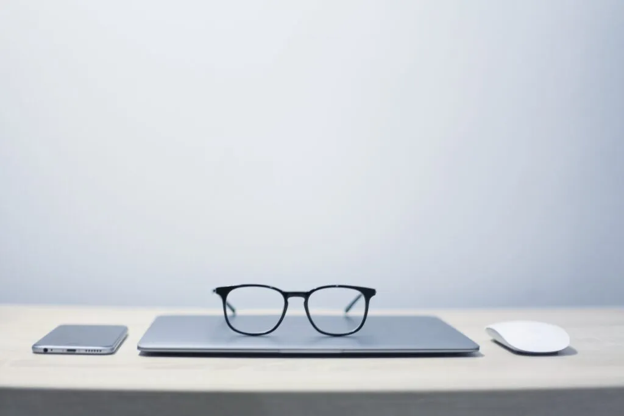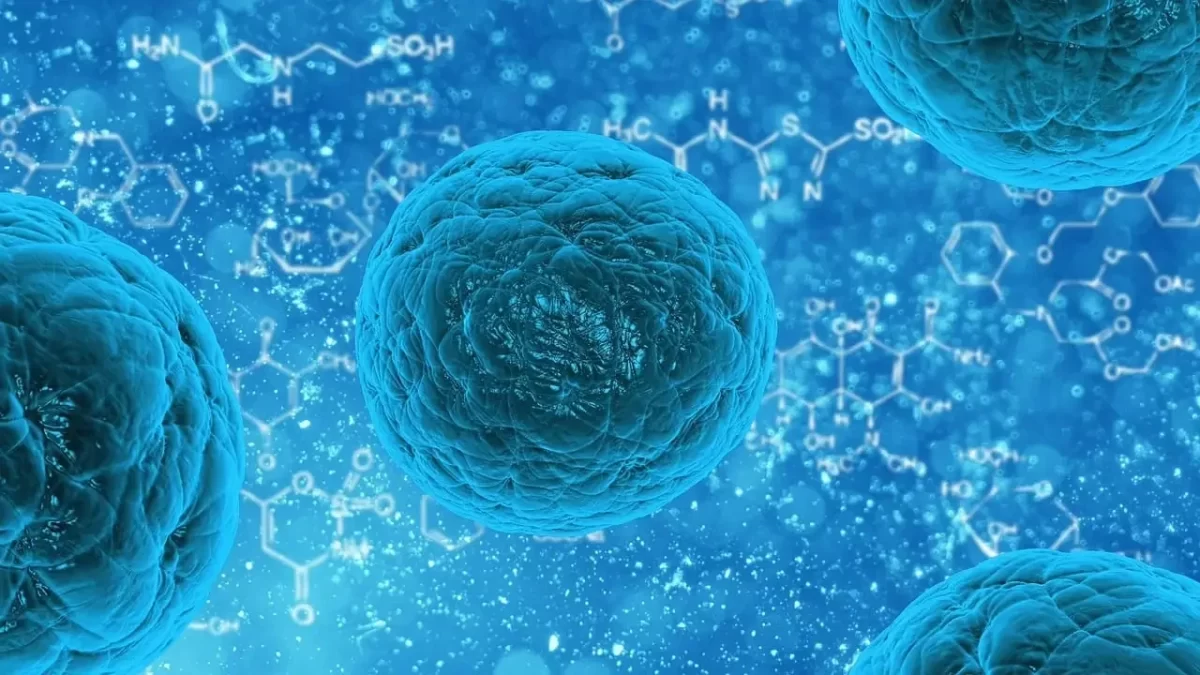319 million people in 67 countries are currently facing acute hunger, says the World Food Programme (WFP), a food assistance organisation within the United Nations. Now it seems the solution may lie not on our own planet, but in outer space.
I stumbled across this topic while doing research for my robotics team’s project to grow seeds on Mars. The original idea was to use the seeds to grow crops in order to build a controlled, self-sustaining environment on Mars for humans to potentially inhabit. However, after we were fortunate enough to interview Mr Cedric Ng, a biotechnology expert with experience in a project sending seeds to space, I realised that the concept of the project he was working on could actually help us solve problems we have on earth.
Mr Ng kindly allowed The CGA Press to publish his interview responses, which form the basis of this article.
Why Seeds in Space?
Mr Ng’s project aimed to improve Singapore’s food security and resilience, their mission being to help Singapore grow food efficiently, offering the country more stability if it faces food shortages. According to Mr Ng, the project experimented with the unique radiation in space, which had the potential to genetically mutate the seeds such that they grew very efficiently under less light and within a shorter amount of time back on earth. “We’re using these space missions to help life on earth,” says Mr Ng.
The Process
Mr Ng describes his work for the project as “really crazy, but fun.” The team first had to decide on the best seeds to bring to space. Tomato, sweet potato and Bok Choy were their top picks. One obstacle they had to overcome was the preservation of the seeds. “Seeds have a shelf life. If you don’t store them properly, they degrade, so they don’t germinate,” says Mr Ng. First, they had to source seeds from reliable companies in places like South America and Europe. Then they stored the seeds at about -20° in a vacuum. Getting their sanitary certificate was “quite troublesome,” according to Mr Ng, and they were not allowed to bring the tomato seeds because of potential viruses.
The Outcome
Mr Ng’s team was part of a project called Asian Herb in Space (AHiS) that sent herbs of 22 different types to the International Space Station. These herbs were selected by Asia-Pacific countries including Singapore, Australia, Bangladesh and Indonesia. After the seeds were returned home to earth, they were planted to observe the results of the radiation. The genetically modified seeds produced a yield of 41.4g, while the non-mutated plants weighed 33.1g. According to Professor Yu Hao, head of the National University of Singapore’s Department of Biological Sciences, as quoted in an article by The Straits Times, “For developing sustainable ways of producing supercrops, the application of space radiation could be tried, but its actual effects – compared with gene editing and other mutation approaches that could be easily performed on Earth – need to be further investigated.” While much is unknown, what we can be sure of is that this breakthrough is significant. With more research and experimentation, it could just be the solution to the global food crisis.
Sources:
Interview with Mr Cedric Ng, biotechnology expert and member of a research team involved in
space seed experiments. Conducted by Creative Space Explorers, robotics competition team, June 2025.


